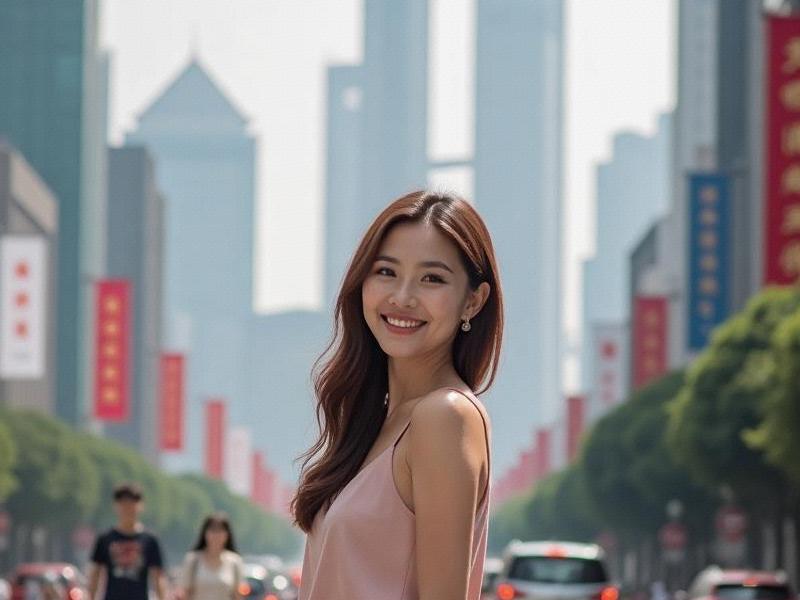
Section 1: The Historical Context of Shanghai Beauty
Shanghai's reputation as China's fashion capital dates back to the 1920s when:
- Qipao tailoring reached its artistic peak
- The first Chinese cosmetics brands emerged
- Western beauty concepts first entered China
- "Haipai" culture developed its distinctive aesthetic
Section 2: Modern Shanghai Beauty Landscape
Current market analysis reveals:
- 68% premium beauty product consumption growth since 2020
- 42% of local women regularly use TCM-based skincare
- Average ¥3,800 monthly beauty spending among professionals
- 24% higher makeup usage than national average
上海龙凤419油压论坛 Section 3: Signature Shanghai Styles
Corporate Chic
- Tailored separates with silk accents
- Minimalist makeup with bold lip colors
- Low-maintenance hairstyles
- Dominant in Lujiazui financial district
Creative Eclectic
- Mix of vintage and designer pieces
- Experimental color combinations
- Popular in former French Concession
- Favored by artists and entrepreneurs
Traditional Modern
上海龙凤419官网 - Contemporary qipao adaptations
- Natural makeup with focus on skin
- Common among cultural professionals
- Showcased at Shanghai Fashion Week
Section 4: The Business of Beauty
Shanghai's ¥58 billion beauty industry includes:
- 3 major local cosmetics brands going global
- 17 international beauty HQs in Shanghai
- 92 boutique skincare clinics
- Asia's largest Sephora flagship
Section 5: Cultural Significance
上海水磨外卖工作室 Shanghai beauty represents:
- China's growing fashion influence
- East-West cultural synthesis
- New definitions of professional femininity
- Reinterpretation of traditional aesthetics
Future Trends
Emerging developments:
- "Smart beauty" tech integration
- Sustainable luxury movement
- Traditional ingredient innovation
- Increased global collaborations
Shanghai women continue to craft a beauty language that's distinctly local yet universally appealing - proving metropolitan Chinese style has arrived on the world stage.
